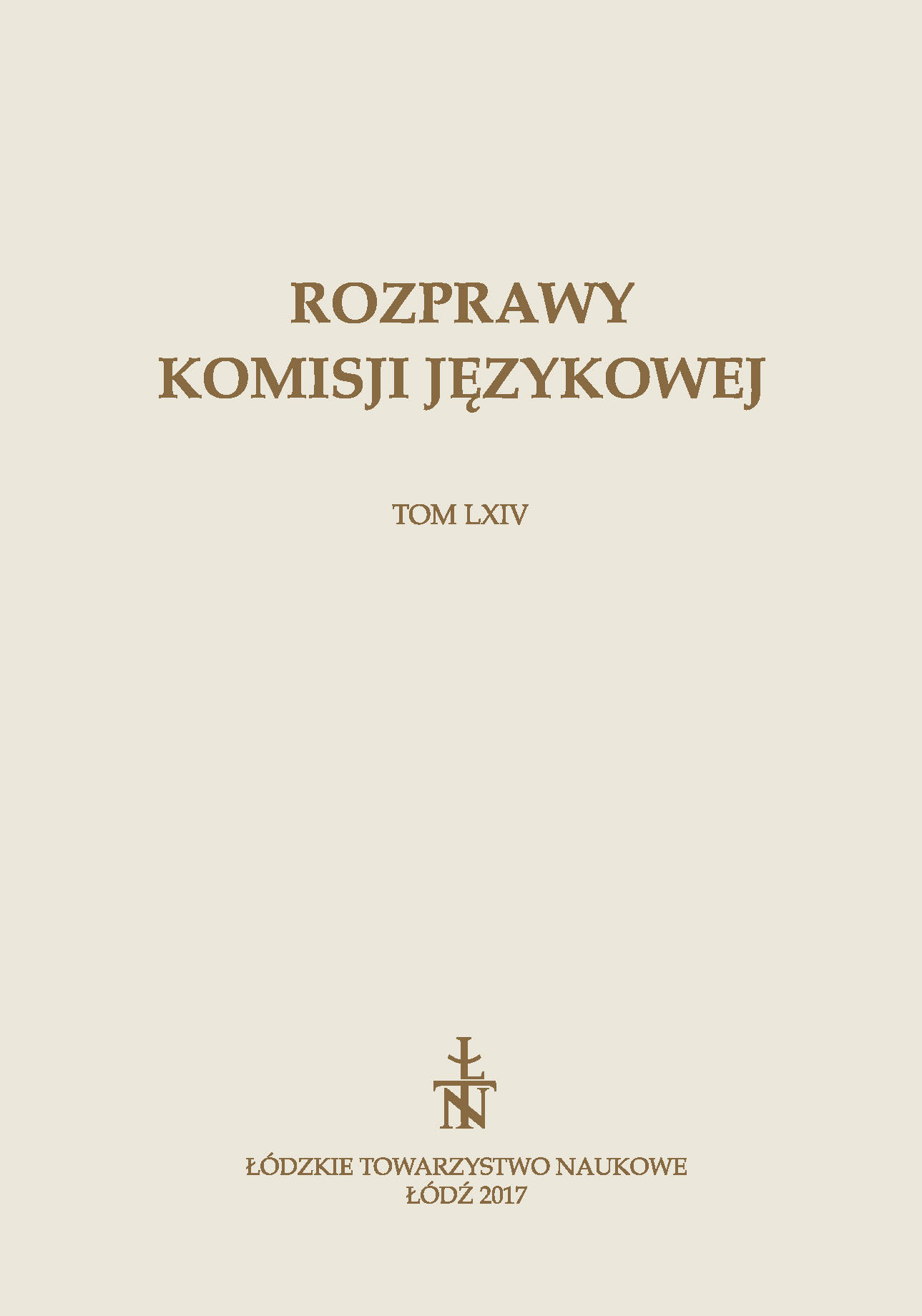Prosta mowa w tekstach o charakterze religijnym XVIII wieku (Czyn jerejskogo nastawljenija, Poczajów 1776)
„Prosta mova” in texts of religious nature from XVIII ct. (Чинъ Іерейскаго наставленїя, Pochayev 1776)
Author(s): Joanna GetkaSubject(s): Language and Literature Studies, Cultural history, Local History / Microhistory, Morphology, Lexis, Historical Linguistics, Western Slavic Languages, 18th Century
Published by: Łódzkie Towarzystwo Naukowe
Keywords: printing; “prosta mova”; religious literature; the 18th century;
Summary/Abstract: “Prosta mova” – colloquial language of population of the eastern lands of the former Republic of Poland only occasionally appears in the printed texts in the eighteenth century. It is especially rare in texts of religious nature. In this regard, Basilian typography is an exception. “Prosta mova”as the language of printing, can be seen in texts and fragments of prints published by definition in other languages. This type of text is the subject of the analysis set out in this article. Numerous features of a living language that are visible at the level of phonetics and vocabulary are reflected in the analyzed Чинъ Іерейскаго наставленїя. Analysis of these features brings to the conclusion that the dominant element in the text, is the Ukrainian dialect. Of course, due to the different articulation of selected graphemes on the Belarusian and Ukrainian-speaking territories(eg. grapheme ѣ) editors left the pronunciation to the decision of their readers in accordance with the local tradition.
Journal: Rozprawy Komisji Językowej
- Issue Year: 2017
- Issue No: 64
- Page Range: 73-85
- Page Count: 13
- Language: Polish

